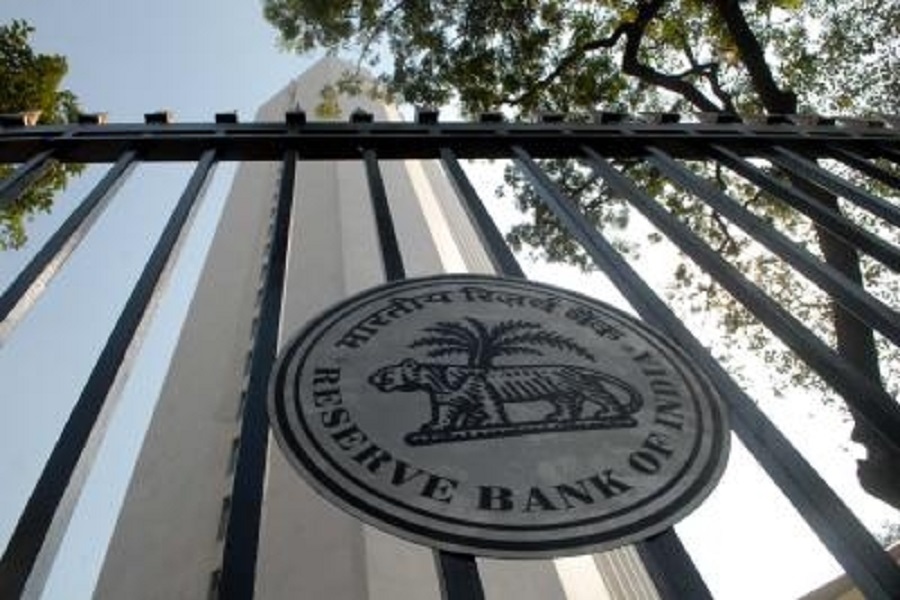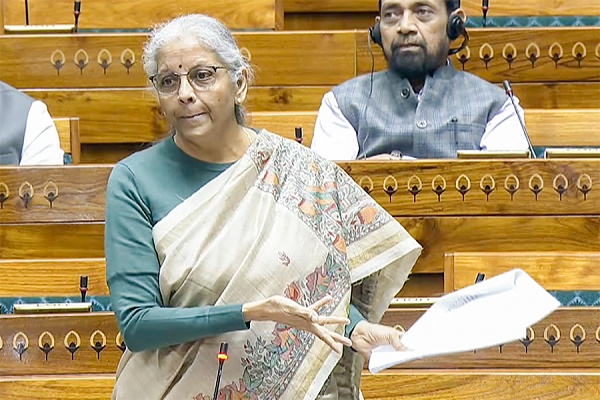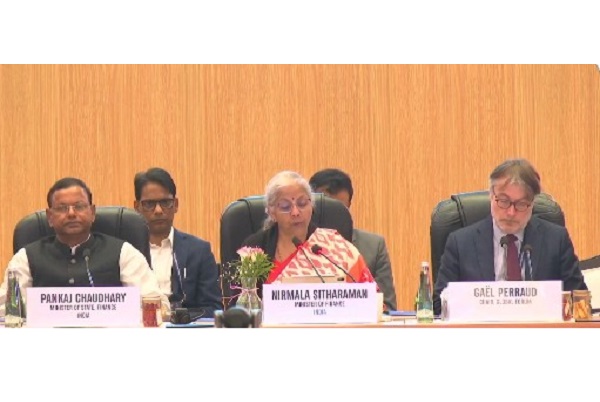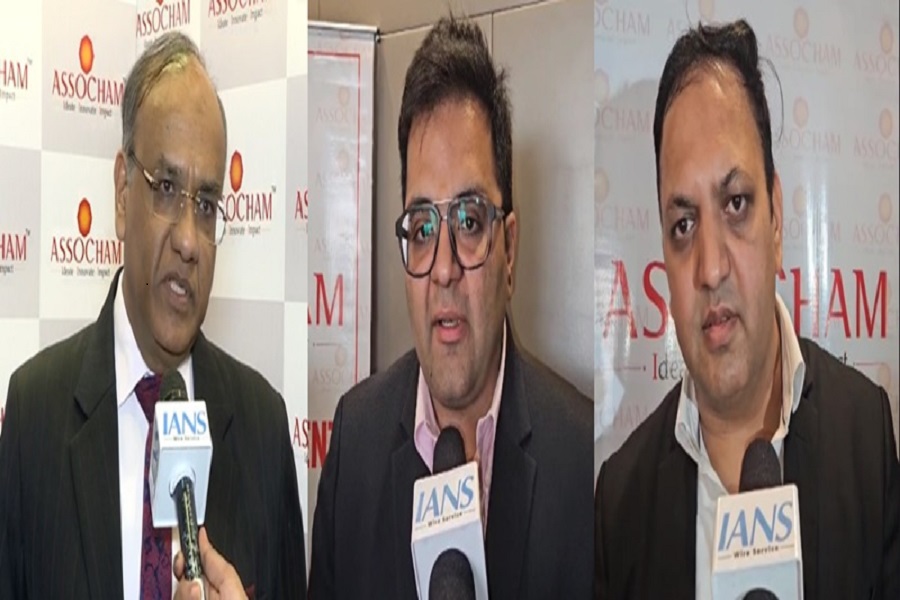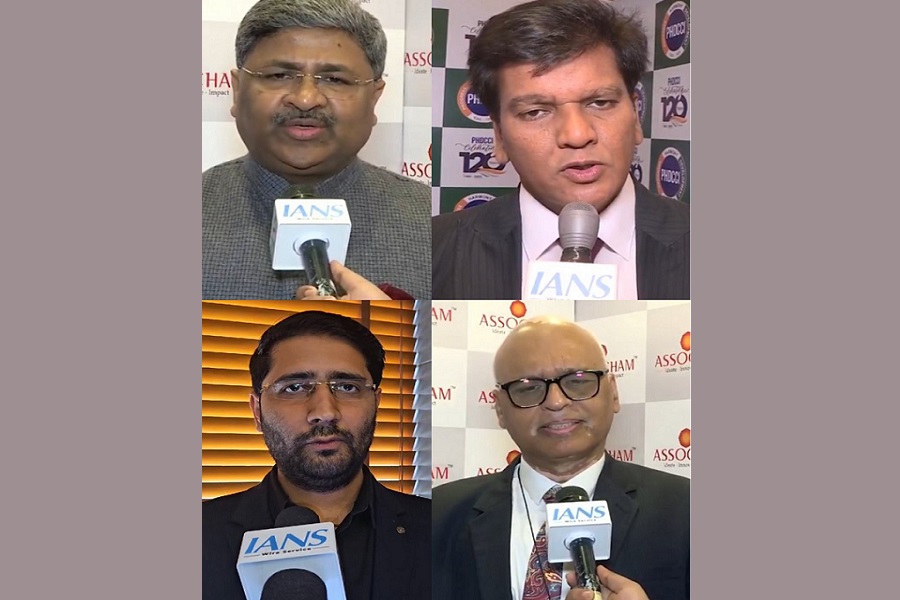Union Budget 2025: Strengthening India's Electronic Equipment Industry and Infrastructure
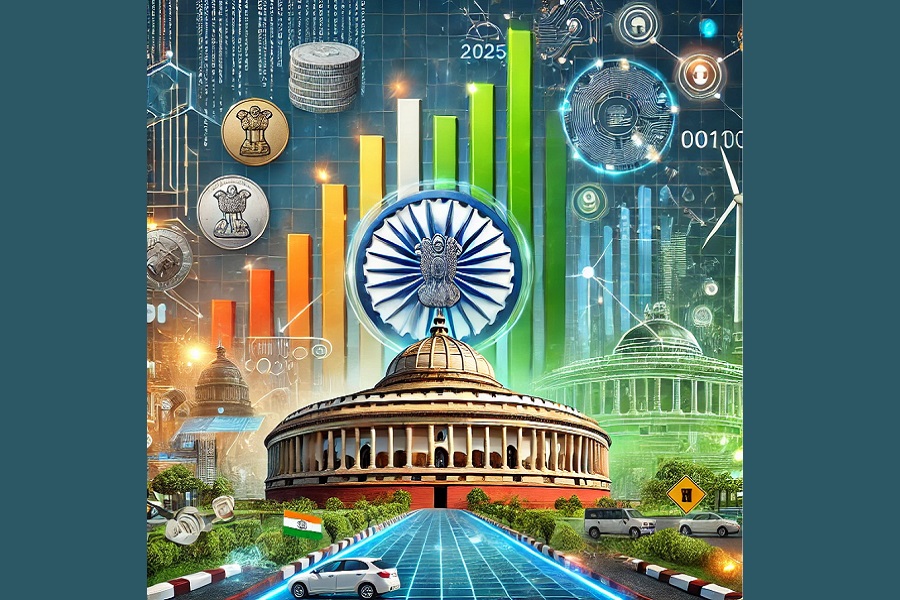
Union Budget 2025: Strengthening India's Electronic Equipment Industry and Infrastructure
In her Union Budget 2025 speech, Finance Minister Nirmala Sitharaman laid out a comprehensive strategy to bolster India’s domestic electronic equipment industry, positioning it as a key driver of economic growth and technological advancement. The government’s initiatives aim to attract investments, stimulate innovation, and create significant employment opportunities, especially for the youth.
Strengthening the Domestic Electronic Equipment Industry
The electronic equipment sector plays a crucial role in economic growth and national security. With global supply chain disruptions and an increasing reliance on electronics, India is taking significant steps to reduce its dependence on imports and build a self-sustaining, technologically advanced industry.
A key aspect of this vision is boosting local manufacturing in sectors like consumer electronics, semiconductors, and telecommunications equipment. The government plans to expand the Production-Linked Incentive (PLI) scheme and introduce new initiatives under the Semicon India Program to encourage domestic and global companies to invest in India. This will involve tax incentives, subsidies for research and development, and streamlined regulatory processes to make India a more competitive player in global markets.
National Framework for Emerging Tier-2 Cities
A unique initiative under Budget 2025 is the introduction of a National Framework for Global Capability Centers (GCCs) in Tier-2 cities. This aims to decentralize growth, leveraging smaller cities' untapped potential to develop India’s electronics and technology ecosystem.
The framework focuses on:
Talent Development: The government will fund training programs, vocational courses, and partnerships with educational institutions to equip the workforce with industry-relevant skills.
Infrastructure Upgrades: Investments in world-class R&D centers, logistics hubs, and smart city projects will make Tier-2 cities attractive for electronics manufacturing.
Regulatory Reforms: Policies will be simplified to ensure ease of doing business, reducing bureaucratic challenges for investors and entrepreneurs.
Industry Collaboration: The government will promote partnerships between global corporations, Indian startups, and academic institutions to foster innovation and knowledge-sharing.
This initiative will not only boost local manufacturing but also drive regional economic growth and employment.
Enhancing Air Cargo Infrastructure for Perishable Goods
In addition to promoting electronics manufacturing, Finance Minister Sitharaman announced measures to enhance air cargo infrastructure, particularly for high-value perishable horticultural produce. Given India's position as one of the world’s largest producers of fruits, vegetables, and flowers, efficient transportation is crucial for global exports.
Key government initiatives include:
Expansion of Air Cargo Terminals: Upgrading facilities at major and regional airports to handle perishable goods efficiently.
Investment in Cold Chain Infrastructure: Establishing advanced cold storage units and temperature-controlled transportation to minimize post-harvest losses.
Streamlined Customs Processes: Reducing delays in export clearance to ensure perishable goods reach international markets faster and in optimal condition.
These enhancements are expected to boost agricultural exports, improve farmer incomes, and strengthen India’s global presence in agri-business.
Reforms Driving Economic Progress
The Finance Minister reiterated the government’s commitment to structural reforms, emphasizing labor law simplifications, tax rationalization, and trade policy enhancements. By fostering a business-friendly environment, India aims to attract foreign direct investment (FDI) and domestic capital to accelerate industrial and technological progress.
Conclusion
Budget 2025 sets the stage for India to become a global hub for electronics manufacturing and innovation while also modernizing logistics and export infrastructure. By supporting emerging Tier-2 cities, expanding local production, and strengthening air cargo systems, the government is laying the foundation for long-term economic resilience. With these strategic moves, India is poised to achieve a more diversified, technologically advanced, and employment-driven economy that benefits both businesses and citizens alike.

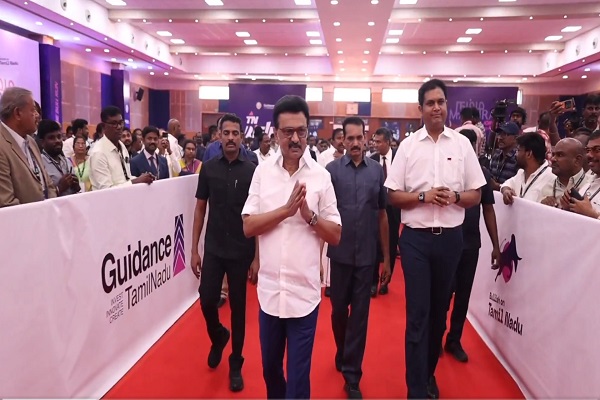




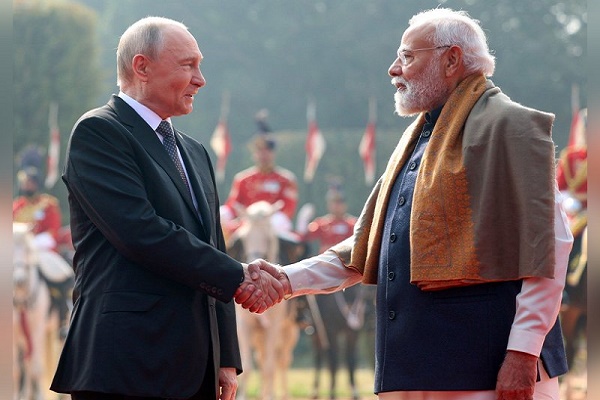
_Securities_(600x400).jpg)
.jpg)
.jpg)




